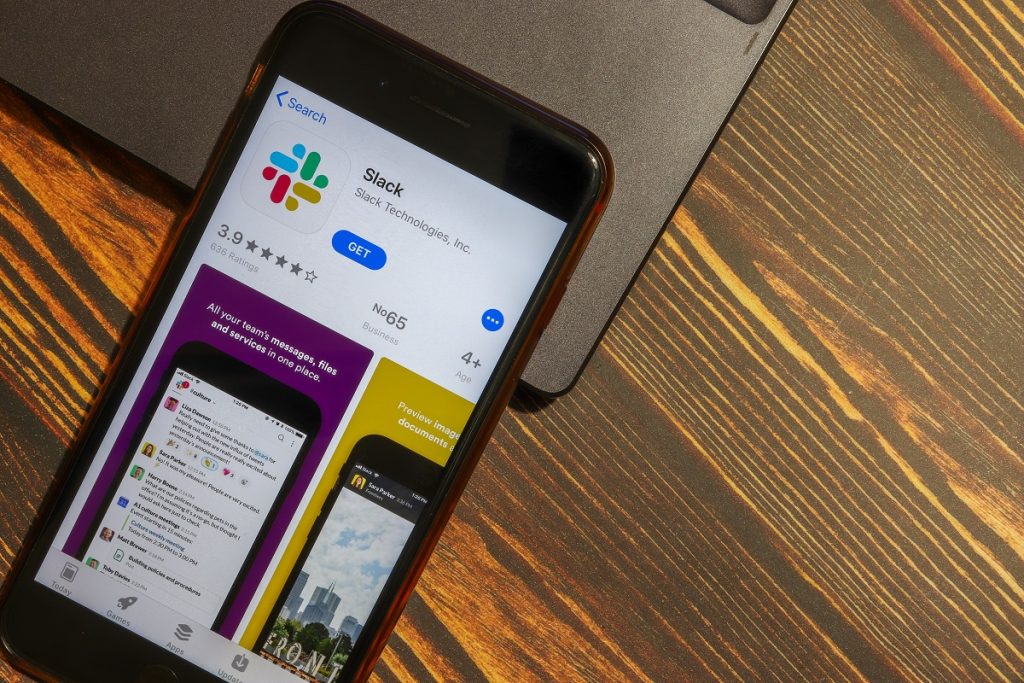Remote workers may feel that they are not fully engaged with the company, which leads to absenteeism, less productivity, and turnover. Frequent communication often differentiates between a connected remote worker and one who feels out of the loop.
The rise of remote work has transformed how we work, offering flexibility and convenience to employees and employers alike. However, managing remote employees comes with its own unique set of challenges. One of the most significant challenges is engaging remote employees and keeping them motivated.
With the physical distance between managers and team members, it isn’t easy to maintain a sense of camaraderie and teamwork. Additionally, the lack of face-to-face interaction makes it harder for managers to gauge team member engagement.
This article explores practical strategies managers use to motivate remote employees, ensuring they remain productive and fulfilled while working from home.
Table of Contents
Are Remote Workers More Or Less Engaged Than Onsite Workers?
There is no one-size-fits-all answer to this question, as engagement levels depend on the individual team member and their work situation. However, studies have shown remote workers are just as engaged, if not more engaged, than onsite workers when managed effectively.
Remote workers often enjoy increased autonomy, flexibility, and the ability to work in an environment that suits them best. On the other hand, remote workers may experience feelings of isolation and disconnection from their team if not properly supported by their managers.

Ultimately, remote worker engagement depends on various factors, including communication, support, and the company culture.
Gallup’s research on remote employee engagement highlights the importance of flexible work arrangements, effective communication through video calling, and virtual water cooler chats.
What Is The Importance Of Employee Engagement In Remote Work?
Employee engagement is crucial in remote work because it directly impacts team member productivity, job satisfaction, and overall well-being. When employees are engaged, they feel connected to their work and are motivated to do their best.
Engaged employees are also more likely to be loyal to their employer and have a higher retention rate. Engagement is more challenging in a remote work setting due to the lack of in-person interaction and communication.
Therefore, it is crucial for employers to prioritize team member engagement initiatives, such as regular communication, feedback, and recognition, to ensure that remote workers feel connected and valued.
How Do I Make Remote Employees Feel More Connected?
Creating a culture of communication and collaboration is essential to make remote employees feel more connected.
Companies can engage their new employees in a remote workforce by implementing effective onboarding processes, assigning a dedicated mentor or buddy, and creating opportunities for socialization through virtual water cooler chats and team meetings.

Regularly scheduled video meetings, one-on-one or in group settings, helps remote employees feel more connected and involved in the team. Providing opportunities for virtual team-building activities, such as online games or happy hours, also creates a sense of camaraderie among remote workers.
Additionally, keeping remote workers informed about company news and updates helps them feel more engaged and connected to the company’s mission and goals. Providing opportunities for feedback and recognition helps remote employees feel valued and appreciated for their contributions to the team.
How Do You Engage Remote Employees?
Establishing clear communication and expectations, providing opportunities for learning and growth, and fostering a sense of community within the team is vital for engaging remote employees. Offering regular feedback and recognition for good work keeps remote employees motivated and engaged.
You should also provide remote workers with the necessary tools and resources to perform their jobs effectively, such as access to the latest technology and training programs.
Finally, creating a sense of purpose and meaning in their work helps remote employees connect to the company’s mission and values. By prioritizing these initiatives, managers help remote employees feel more engaged and motivated.

Gallup’s research on remote employee engagement highlights the importance of flexible work arrangements, effective communication through video calling, and virtual water cooler chats.
How Do You Engage Employees In Virtual Fun?
Engaging employees in virtual fun creates a sense of camaraderie and boosts morale, particularly in a remote work setting. One effective way to involve remote employees in virtual fun is to provide opportunities for team-building activities, such as online games, contests, and virtual happy hours.
However, it’s important to consider whether remote workers are interested in these activities before implementing them. Some employees may prefer other types of virtual engagement, such as virtual book clubs or coffee chats. It’s important to involve remote workers in the planning process and get their input on the virtual activities they would like to participate in.
By involving remote workers and providing various virtual engagement options, managers produce a fun and inclusive virtual work environment that helps boost employee engagement and motivation.
How Do You Engage Remote Employees In Six Simple Steps?
Here are six simple steps to engage remote employees:
- Regular communication is essential to keep remote employees engaged. Managers should communicate frequently, clearly, and transparently, keeping remote workers informed about company news, projects, and goals.
- Set clear expectations and goals for remote employees, helping them to understand what is expected of them and how their work contributes to the team’s overall success.
- Remote employees should have opportunities for learning and development, such as access to training programs and professional development resources.
- Managers should work to create a sense of community among remote employees by providing opportunities for virtual team-building activities and encouraging social interactions.
- Remote employees should receive recognition and rewards for their contributions to the team, helping to motivate and engage them.
- Finally, managers should prioritize work-life balance for remote employees, encouraging them to take breaks and providing support for managing work-related stress.

What Is The Most Important Way To Engage Remote Staff?
The most important way to engage remote staff is to establish a culture of communication and collaboration. Effective communication helps remote staff feel connected to the team and the organization, reducing feelings of isolation and disengagement. Managers should prioritize regular communication, individually and as a team, to keep remote staff informed about company news, projects, and goals.
Additionally, managers should provide opportunities for virtual team-building activities and social interactions to foster a sense of community among remote staff. By prioritizing communication and collaboration, managers create a positive and engaging virtual work environment for remote staff.
Further Aspects And Information About Remote Worker Engagement
In summary, remote worker engagement is critical for the success of any remote team, especially in the face of the pandemic. Through effective communication channels such as messaging apps and video conferencing tools like Slack and Zoom, check-ins can be conducted in real-time to ensure remote employees feel part of the team.

It is important to ensure that onboarding and development opportunities are available to new hires to boost engagement and productivity, while employee recognition can help prevent burnout. Companies should also implement a company-wide engagement strategy allowing for different time zones and off-site employees.
Companies can use various tools such as scheduling software and team calendars to ensure that all employees, regardless of their location, can participate in team meetings and other important events. Additionally, recognizing anniversaries and milestones of both in-office and remote employees can help maintain a sense of belonging and foster a positive work culture.
Ultimately, prioritizing mental health and work-life balance can lead to a positive employee experience and increased profitability. By investing in collaboration tools and virtual meetings, remote workers can feel connected to their colleagues and the office environment, regardless of their physical location or workspace,


